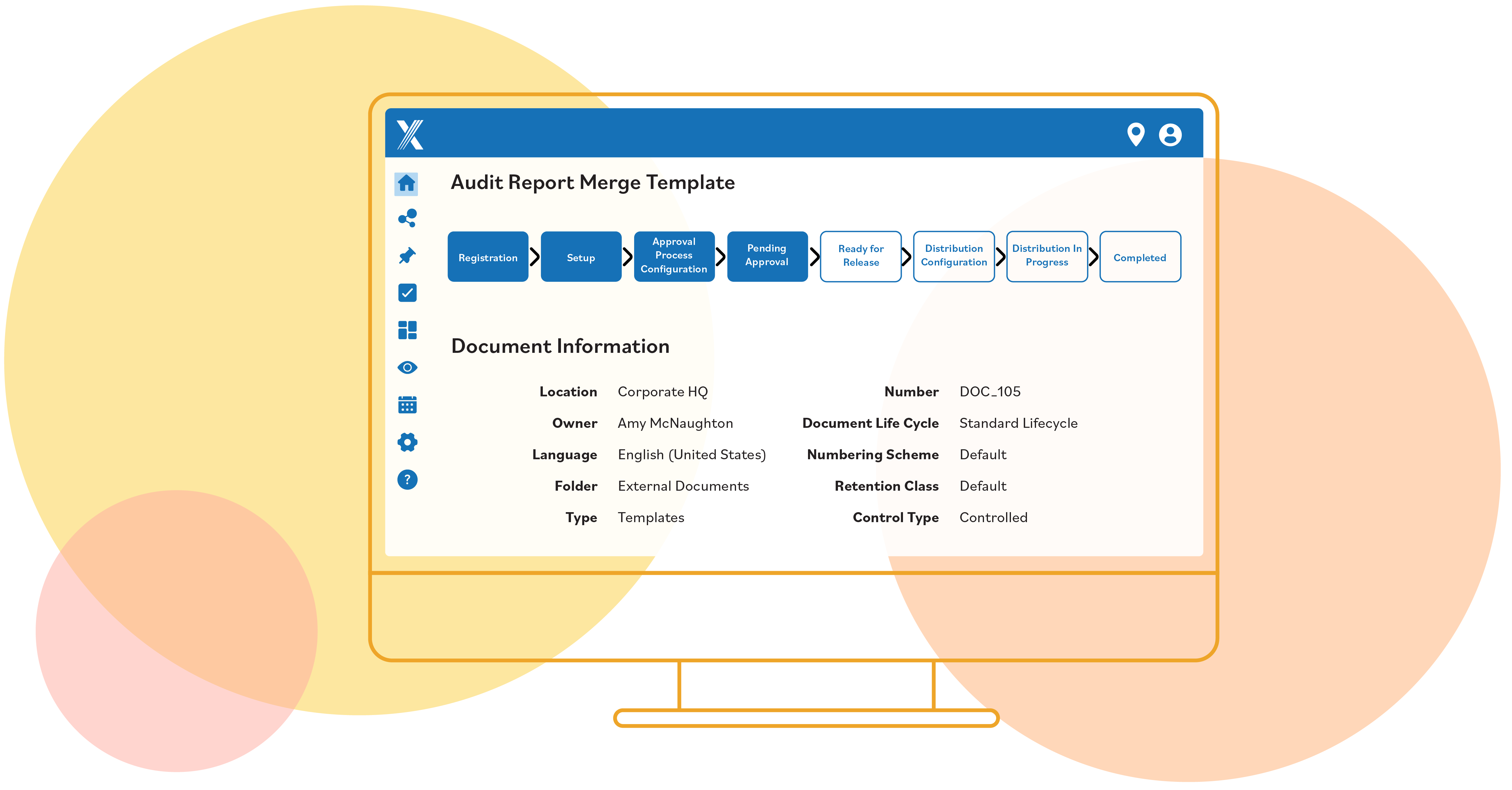Why Oil and Gas Extraction Workers Face High Driving Risks and How Employers Can Improve Safety
November 4, 2022

Long work hours, lengthy commutes and insufficient sleep contributed to risky driving among oil and gas extraction (OGE) workers, according to On the road again: a cross-sectional survey examining work schedules, commuting time, and driving-related outcomes among U.S. oil and gas extraction workers, a study recently published in the American Journal of Industrial Medicine. In addition, insufficient employer policies in these areas were associated with a greater likelihood of risky driving.
Compared to all U.S. workers, OGE workers were more likely to die on the job during 2003–2013, according to a previous CDC study. Motor vehicle crashes are the leading cause of work-related death in the industry, yet the underlying causes were unclear.
To learn more, NIOSH researchers looked at factors linked to risky driving among OGE workers based in Colorado, North Dakota and Texas. Between October 2017 and February 2019, 498 of these workers responded to a survey about work schedules, workplace policies and risky driving events, including feeling drowsy while driving, falling asleep or nearly experiencing a motor vehicle crash. Nearly all respondents were male, more than one-third were Hispanic and the largest percentage was 25–34 years old.
Survey results showed that long work hours and commutes, insufficient sleep and a lack of employer policies in these areas increased the likelihood of one or more risky driving events. These conditions were widespread, with nearly two-thirds of respondents reporting workdays of 12 or more hours, and nearly half reporting fewer than 7 hours of sleep per workday. Other findings include:
- On average, respondents reported commuting almost 2 hours roundtrip.
- About one-fourth reported falling asleep while driving a work vehicle or feeling extremely drowsy more than once a month while driving at work.
- Seventeen percent reported nearly crashing while driving at work in the preceding week.
Although most of the respondents’ employers had vehicle-safety policies, including reporting near-miss crashes, fewer reported employer policies in journey and fatigue management and maximum work hours. Fewer than half reported policies around journey management, while only 42 percent reported programs for fatigue management and only 39 percent of employers enforced maximum work hours.
The researchers, from the National Institute for Occupational Safety and Health, concluded: “Implementation and evaluation of OGE employer policies and programs to limit long work hours, reduce long daily commutes, promote sufficient sleep and reduce drowsy driving among U.S. OGE workers are needed.”
Reducing Driving Risks Starts with Near-Miss Reporting
The data is clear—oil and gas extraction workers face significant driving risks due to long hours, fatigue and insufficient employer policies. Near-miss reporting is a critical tool for identifying these risks before they lead to serious incidents. By capturing near misses and addressing the root causes, companies can take proactive steps to improve safety, especially in high-risk areas like driving. Mobile reporting solutions further amplify employee engagement, ensuring that potential hazards are reported and addressed quickly.
Ready to improve your near-miss reporting program? Watch our webinar, Amplifying Engagement in Near-Miss Reporting Programs Using Software, to learn how mobile technology can help boost participation and prevent future incidents.





